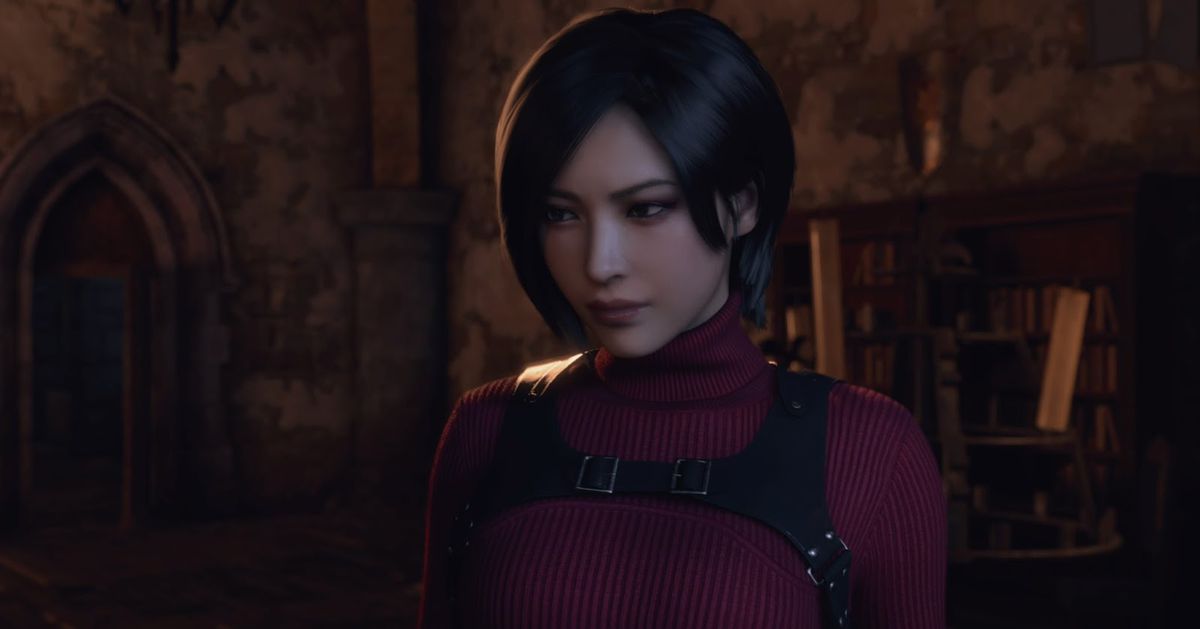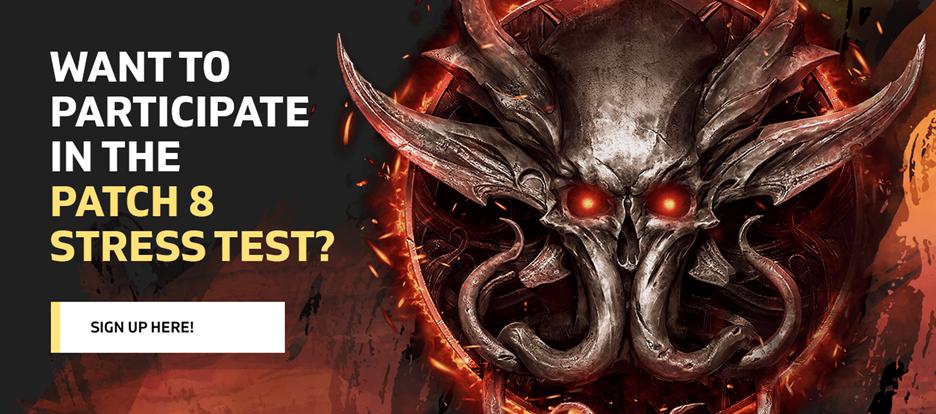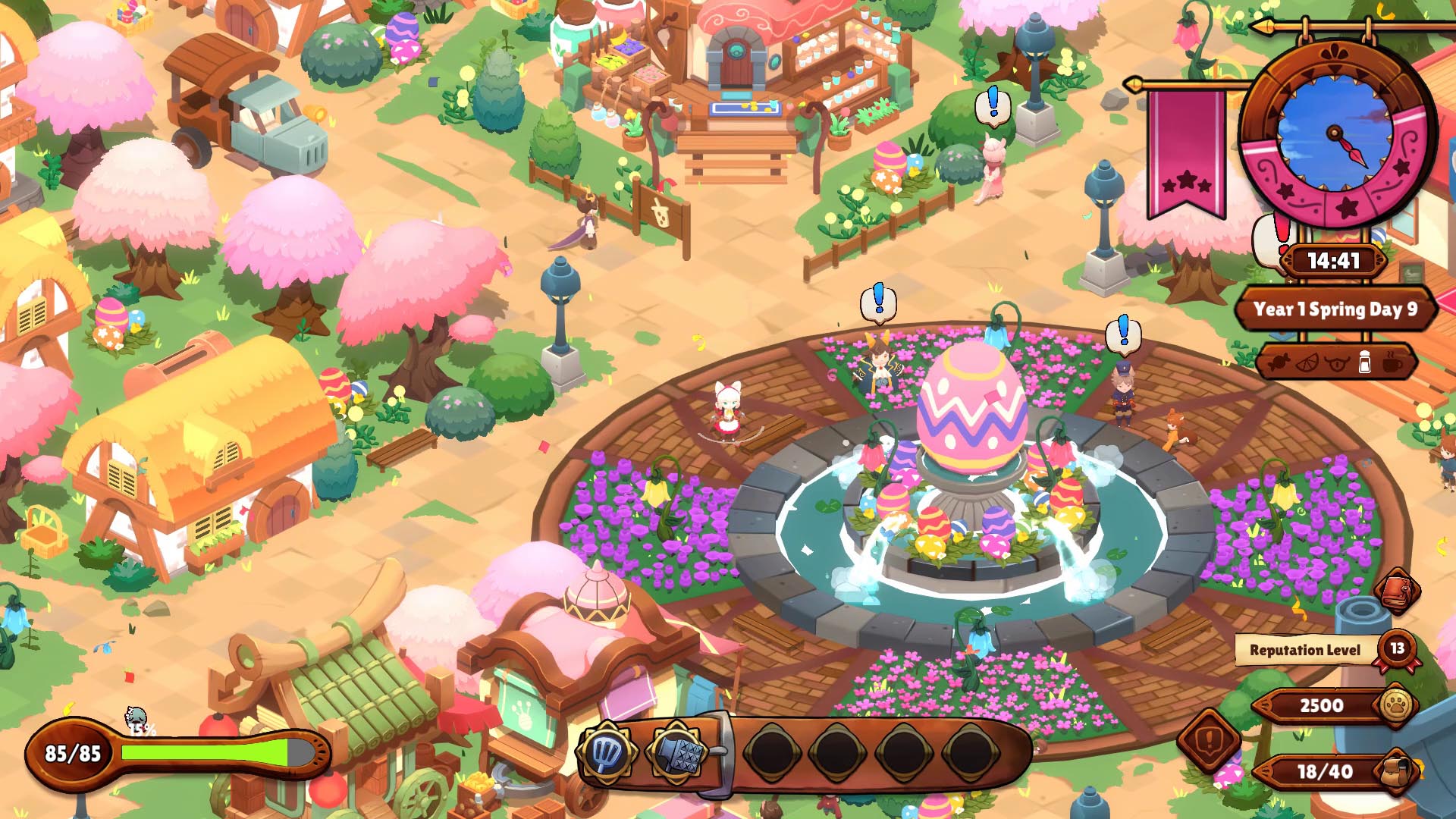I’m hard-pressed to remember a game with as shockingly effective an opening as Alan Wake 2. From the outset, Remedy Entertainment makes its intent explicitly clear: to amplify every facet of its 2010 action-horror cult classic, and in doing so, subvert interactive storytelling tropes at every turn. Astoundingly, the studio’s grasp meets its reach, delivering an experience far darker, deeper, and weirder than anything it has crafted before.
“This is not the story I wanted it to be,” Wake gravely warns in an opening monologue. “This is not the ending that I wanted.” Indeed, this is not the original aborted sequel to Alan Wake that was conceived all the way back in 2010. Alan Wake 2 is something altogether different and, in a post-Control world, something with production values and scale that the studio never would have had all those years ago.
Picking up 13 in-game years after the events of the first game, Alan Wake 2 stars not only the eponymous writer turned interdimensional warrior, but also a new protagonist in the form of Saga Anderson: an FBI profiler who arrives in the Pacific Northwest town of Bright Falls, Washington, to investigate the latest in a series of mysterious disappearances and murders supposedly linked to a deranged cult.
Upon arriving, Saga and her partner, Alex Casey — a jaded yet affirming mentor with an affinity for coffee, and the likeness of creative director Sam Lake — deduce that the murders may also be linked to Wake, who disappeared over a decade earlier. The pair quickly find themselves at the heart of a terrifying mystery, one that threatens to not only endanger their lives, but reshape the very fabric of reality as a whole.
:no_upscale()/cdn.vox-cdn.com/uploads/chorus_asset/file/25032558/DET_4K_141.jpg)
The original Alan Wake was well known for drawing heavily from such works as the horror stories of Stephen King, the serialized drama of Lost, and the surrealist humor and aesthetic of David Lynch’s Twin Peaks. The sequel is no different, though the game’s emphasis on survival horror systems pulls from a far stranger concoction of inspirations. To put it broadly, the game’s story and tone consist of a combination of the first season of True Detective, Twin Peaks: The Return, and John Carpenter’s In the Mouth of Madness: a slow-burn detective thriller that gradually escalates into a full-blown cosmic-horror nightmare.
Following 2016’s Quantum Break and 2019’s Control, Remedy’s newfound talent, experience, and design acumen are on full display here. Where the first Alan Wake was strictly linear and level-based, Alan Wake 2 features much larger, more open-ended, and more densely constructed environments, similarly to The Evil Within 2 — it requires the player to backtrack and explore more, as additional areas become accessible over the course of the game.
Combat, too, has been significantly overhauled. Alan Wake 2 adheres to a less-is-more philosophy, with smaller groups of ferocious Taken enemies trying to outflank and get the drop on Alan or Saga. As in the first game, light sources, such as flashlights and flares, are still essential in burning away the darkness that shields foes, albeit with some notable changes.
:no_upscale()/cdn.vox-cdn.com/uploads/chorus_asset/file/25032580/AW2_10_08_23_016.jpg)
Lampposts still temporarily shield players from the advance of enemies, but they no longer regenerate health. Instead, you’ll have to scavenge for med packs and painkillers along with ammunition and other story-critical items, which can be accessed via a grid-based inventory system à la Resident Evil 4. The puzzle design in the game also shares a lot in common with Capcom’s horror franchise, specifically Resident Evil 2’s remake, with hidden caches of supplies scattered throughout each area that require keen observation and deductive reasoning to unlock.
These survival horror elements only scratch the surface of Alan Wake 2’s most ambitious innovations. In a break from the original game, players can alternate between Saga and Alan at any time during their storylines (after and before certain plot-critical chapters). Despite sharing the aforementioned survival horror kinetic vocabularies, the two halves feel like entire games of their own, blurred at the edges and overlapping each other, much like the dark presence that has seeped over the borders of Bright Falls. Saga’s half follows her as she unravels the connection between a deadly cult and the mysteries of the supernatural Cauldron Lake, while Alan’s sees him desperately fighting to escape the Dark Place, a nightmarish dreamscape of New York City that he can sometimes literally rearrange by adjusting “plot elements” he finds throughout the world. The jumps between pastoral horror and urban surrealism are both jarring and exhilarating.
:no_upscale()/cdn.vox-cdn.com/uploads/chorus_asset/file/25032555/Mindplace_Wide_COMP.jpg)
The crux of these respective journeys is the shared concept of the Mind Place, an interactive 3D space that allows you to pore over the assorted clues, upgrades, collectibles, and revelations that each character unearths in order to advance the story. It’s a bold gambit, design-wise, one that bears out what might be one of the most gratifying experiences the game has to offer. What’s more, there is absolutely no delay in jumping from the Dark Place or Bright Falls to this liminal space and back. The game doesn’t even technically pause while you’re there. The Mind Place is inaccessible during combat, too, so you’ll never have to worry about accidentally activating it while you’re in the heat of battle.
The Mind Place opens up a wealth of narrative and gameplay opportunities unique to each character. For Saga, the Mind Place allows her to collect clues, which can be assembled into evidence maps on the case board at the far wall of the room. New clues unlock new case files (i.e., quests), which can be fleshed out and completed throughout the game. After assembling a sufficient amount of clues, Saga will have to profile suspects (a talent that she seems to have an almost supernatural knack for) in order to draw conclusions. These sequences take the form of fugue-like visions à la Will Graham’s empathic episodes in Hannibal, with a blend of live-action and in-game footage similar to the hotline messages in Control.
For Alan, the Mind Place takes the form of a writers room — one wherein he can assemble plot beats on a chalkboard using “echoes” of inspiration scattered throughout the Dark Place’s nightmarish caricature of New York in order to conjure up new pathways through previously inaccessible sections of the world. A new item called the Angel Lamp also allows Alan to do this, transporting portable bursts of light that can be used to create passages not unlike those seen in the Oldest House from Control.
:no_upscale()/cdn.vox-cdn.com/uploads/chorus_asset/file/25032581/AWII_Launch_057.jpg)
Crucially, you won’t need to have played the original game to understand this new installment, though a passing familiarity with both Alan Wake and Control will afford a deeper understanding of Alan Wake 2’s implications for the future of the Remedy Connected Universe. The story thematically interweaves the concepts of alternate dimensions, metafiction, and recursive retcons to create a rabbit hole of surprises and existential terror that kept me on my toes right up until its chilling conclusion.
Alan Wake 2 is a monster of a game — the culmination of 28 years of experience, from a studio whose funding and scale finally seem to have caught up with its grandiose ideas and boundless ambition. It’s at once a love letter to fans of Alan Wake and a daring reinvention for survival horror writ large. In a year that’s seen remakes of such venerable horror titles as Dead Space and Resident Evil 4, Alan Wake 2 stands tall as one of the year’s best in the genre.
I already consider it a modern horror classic, one that opens up a veritable ocean of possibilities for Remedy’s future. If it takes another 13 years for a game of Alan Wake 2’s caliber to come along again, it will have been well worth the wait.
Alan Wake 2 will be released Oct. 27 on PlayStation 5, Windows PC, and Xbox Series X. The game was reviewed on PS5 using a pre-release download code provided by Epic Games. Vox Media has affiliate partnerships. These do not influence editorial content, though Vox Media may earn commissions for products purchased via affiliate links. You can find additional information about Polygon’s ethics policy here.






